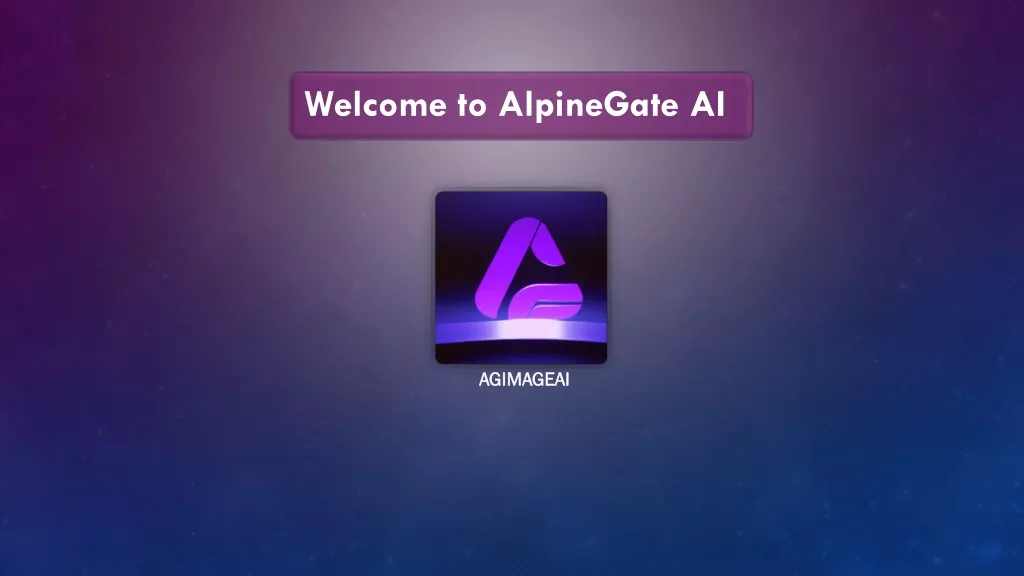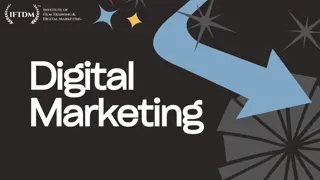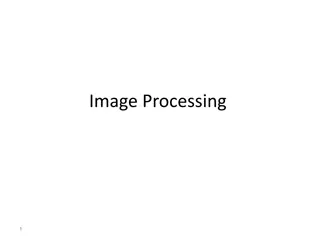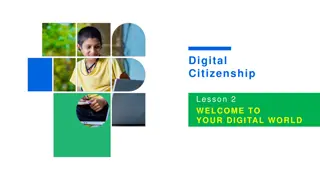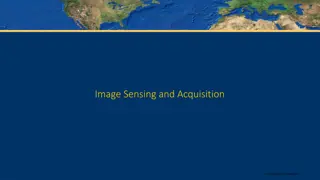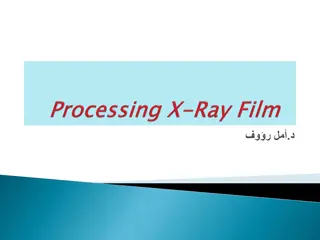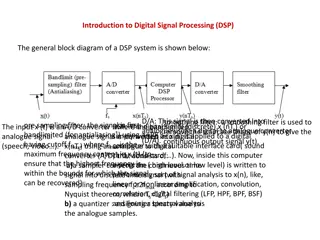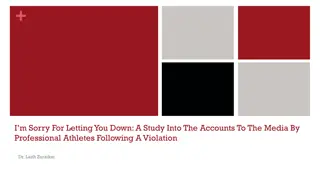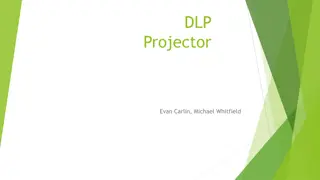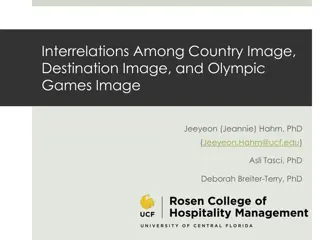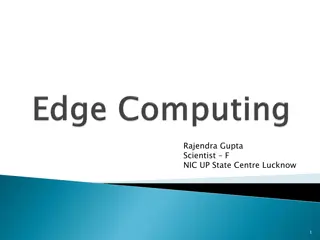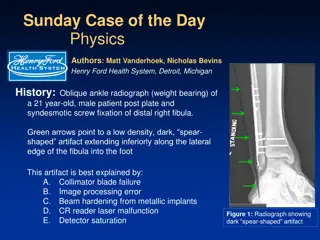Basics of Digital Image Processing: Course Overview and Objectives
This course on digital image processing covers fundamental concepts, tools, and algorithms used in analyzing and enhancing images. Students will gain knowledge on spatial and frequency domain analysis, algorithm implementation, image reconstruction, and more. The main objective is to provide a strong foundation in image processing techniques and mathematical tools relevant to various application areas.
Download Presentation

Please find below an Image/Link to download the presentation.
The content on the website is provided AS IS for your information and personal use only. It may not be sold, licensed, or shared on other websites without obtaining consent from the author.If you encounter any issues during the download, it is possible that the publisher has removed the file from their server.
You are allowed to download the files provided on this website for personal or commercial use, subject to the condition that they are used lawfully. All files are the property of their respective owners.
The content on the website is provided AS IS for your information and personal use only. It may not be sold, licensed, or shared on other websites without obtaining consent from the author.
E N D
Presentation Transcript
CSE 307 Basics of Image Processing Lecture #0 Organizational Issues Prepared & Presented by Asst. Prof. Dr. Samsun M. BA ARICI
About this Course Course Code Course Hour/Week Course Title Semester ADU Credit ECTS Theory 2 Practice 2 Introduction to Computer Applications CSE 307 Fall 3 6 Course Type 1. Compulsory Courses 1.1. Programme Compulsory Courses 1.2. University Compulsory Courses (UFND) 1.3. Y K (Higher Education Council) Compulsory Courses 2. Elective Courses 2.1. Program Elective Courses X 2.2. University Elective Courses 3. Prerequisites Courses 3.1. Compulsory Prerequisites Courses 3.2. Elective Prerequisites Courses Organizational Issues 2
About this Course (Cont.) Language of Instruction English Associate Degree (Short Cycle) Undergraduate (First Cycle) Graduate (Second Cycle) Doctoral Course (Third Cycle) Level of Course Special Pre-Conditions of the Course (compulsory) None Special Pre-Conditions of the Course (recommended) Mail: sbasarici@adu.edu.tr Web: http://akademik.adu.edu.tr/fakulte/muhendislik /personel/sbasarici/anasayfa Course Instructor(s) Dr. Samsun M. Ba ar c Organizational Issues 3
Main Objective(s) of this Course In this course it is intended to introduce the basic concepts of digital image processing and provide a foundation for implementing commonly used algorithms. image processing Organizational Issues 4
Learning Outcomes of this Course Upon successful completion of this course, students will Have a basic understanding of fundamental concepts of digital image processing Use basic image processing tools needed to analyze images in spatial and frequency domain Design and implement algorithms for the solution of broad class of problems in digital image processing Explain various image processing tools for smoothing, reconstruction and enhancement of images Understand the importance of strong mathematical tools for image processing and analysis in different application areas Organizational Issues 5
Course Content This course studies the fundamental topics in digital image processing transformations, filtering both in spatial and in frequency domain, image reconstruction, point, line, edge detection, morphological image segmentation. like intensity restoration and processing, image Organizational Issues 6
Resources Rafael C. Gonzalez, Richard E. Woods Digital Image Processing, 4th Ed. ; Pearson, 2018, ISBN: 978-1292223049 (DIP) Rafael C. Gonzalez, Richard E. Woods, Steven L. Eddins Digital Image Processing Using MATLAB ; Pearson, 2004, ISBN: 013-0085197 (DIPUM) Required Course Material (s) /Reading(s)/Text Book (s) Oge Marques, Practical Image and Video Processing Using MATLAB ; Wiley, 2011, ISBN: 978-0470048153 (PIVPUM) Organizational Issues 7
Resources (cont.) Maria Petrou, Costas Petrou Image Processing: The Fundamentals, 2nd Ed. ; Wiley, 2010, ISBN: 978- 0470745861 Chris Solomon, Toby Breckon Fundamentals of Digital Image Processing: A Practical Approach with Examples in MATLAB ; Wiley, 2011, ISBN: 978- 0470844731 http://www.mathworks.com, main resource for MATLAB Recommended Course Material (s)/Reading(s)/Other Other sources will be announced during the course Organizational Issues 8
Course Schedule (Weekly) Methodologyand Implementation (theory, practice, assignment etc) MATLAB Fundamentals Preliminary Preparation Week Topics Introducing image processing (IP) and MATLAB: historical background, the importance and application areas of IP DIP & DIPUM (Ch. 1), PIVPUM (Ch. 1-4) 1 IP Fundamentals: Definitions and basics DIP & DIPUM (Ch. 2), MATLAB Fundamentals (cont.) 2 PIVPUM (Ch. 2, 5, 6, 7) Intensity transformations and spatial filtering DIP & DIPUM (Ch. 3), PIVPUM (Ch. 8-10) Histogram and neighborhood operations (implementing various filters) Histogram and neighborhood operations (implementing various filters) (cont.) Implementing low-pass, high-pass filter, FFT & DFT 3 Intensity transformations and spatial filtering (cont.) DIP & DIPUM (Ch. 3), PIVPUM (Ch. 8-10) 4 Frequency domain filtering DIP & DIPUM (Ch. 4), PIVPUM (Ch. 11) 5 Frequency domain filtering (cont.) DIP & DIPUM (Ch. 4), PIVPUM (Ch. 11) - Implementing low-pass, high-pass filter, FFT & DFT (cont.) MIDTERM 6 MIDTERM EXAM 7 Organizational Issues 9
Course Schedule (Weekly) (Cont.) Preliminary Preparation Methodologyand Implementation (theory, practice, assignmentetc) Week Topics Image restoration and reconstruction DIP & DIPUM (Ch. 5), PIVPUM (Ch. 12) Implementation of noise and noise models and various filters 8 Image restoration and reconstruction (cont.) DIP & DIPUM (Ch. 5), Implementation of noise and noise models and various filters (cont.) Implementation of basic morphological tools like dilation, erosion etc. and grayscale morphology Implementation of basic morphological tools like dilation, erosion etc. and grayscale morphology (cont.) Implementation of derivative edge filtering (LoG, Canny etc.), intensity- and region based filtering algorithms and watershed Implementation of derivative edge filtering (LoG, Canny etc.), intensity- and region based filtering algorithms and watershed (cont.) Color models and implementation of pseudo- and full-color IP algorithms 9 PIVPUM (Ch. 12) DIP & DIPUM (Ch. 9), PIVPUM (Ch. 13) Morphological image processing 10 Morphological image processing (cont.) DIP & DIPUM (Ch. 9), PIVPUM (Ch. 13) 11 Edge detection and image segmentation DIP & DIPUM (Ch. 10), PIVPUM (Ch. 14-15) 12 Edge detection and image segmentation (cont.) DIP & DIPUM (Ch. 10), PIVPUM (Ch. 14-15) 13 Color image processing DIP & DIPUM ((Ch. 6), PIVPUM (Ch. 16) 14 Image representation, description and feature extraction and recognition DIP & DIPUM (Ch. 11-12), PIVPUM (Ch. 18-19) Implementation of feature extraction and representation and pattern classification algorithms 15 Organizational Issues 10
Assessment (tentative) SemesterActivities/ Studies NUMBER WEIGHT in % 1 - 2 4 1 - - - 20 - 20 Mid- Term Attendance Quiz Assignment (s) Project Laboratory Field Studies (Technical Visits) Presentation/ Seminar (20 see below) 20 - - - - - Practice (Laboratory, Virtual Court, Studio Studies etc.) - - Other (Placement/Internship etc.) 60 TOTAL 60 Contribution of Semester Activities/Studies to the Final Grade 40 (The written final exam will be 20% and the assignments will also count 20%) Contribution of Final Examination/Final Project/ Dissertation to the Final Grade 100 TOTAL Organizational Issues 11
Assessment (Cont.) Final Grades will be determined according to the Adnan Menderes University Associate Degree, Bachelor Degree Degree Education Regulation and Graduate Examination and Organizational Issues 12
Responsibilities of the Students Obtaining the text book(s) Coming to the course with a good preparation Completing the exercises with individual efforts unless told otherwise Following the rules set by the responsibles for the course and the implementation/lab. studies HONESTY !!! Organizational Issues 13
Plagiarism Plagiarism will not be tolerated Projects without references: a penalty of 20% Submitting your own work that has been earlier submitted to satisfy the requirements of another course is (self)-plagiarism (also called double dipping) Copying a journal article or a section of a book or code from an article or book and submitting it as your own is plagiarism Organizational Issues 14
Plagiarism (Cont.) Using significant ideas from someone else, but putting them in to your own words and not acknowledging the source of the ideas is plagiarism Copying an essay, code, work etc. from another student and submitting it as your own is plagiarism And PLAGIARISM is THEFT So don t steal (Nobody likes thieves) Organizational Issues 15


